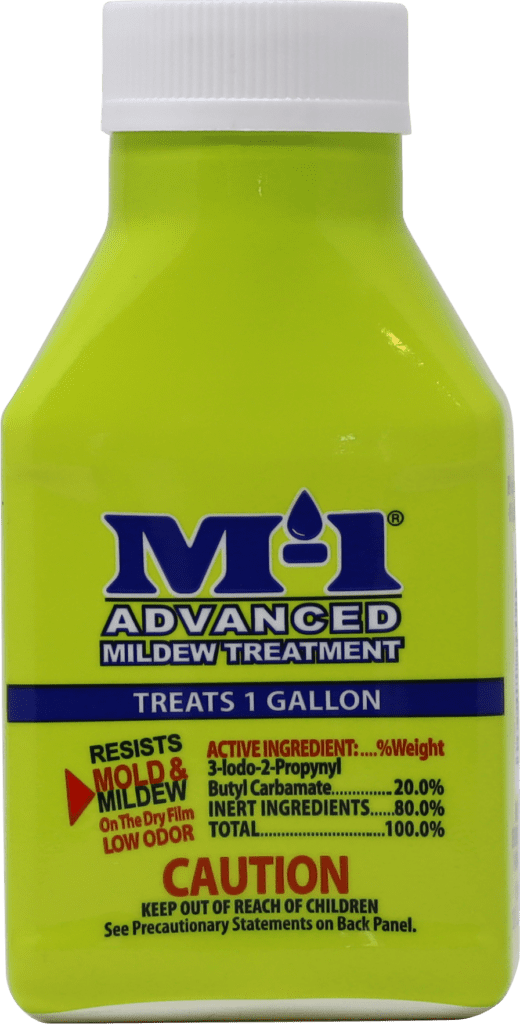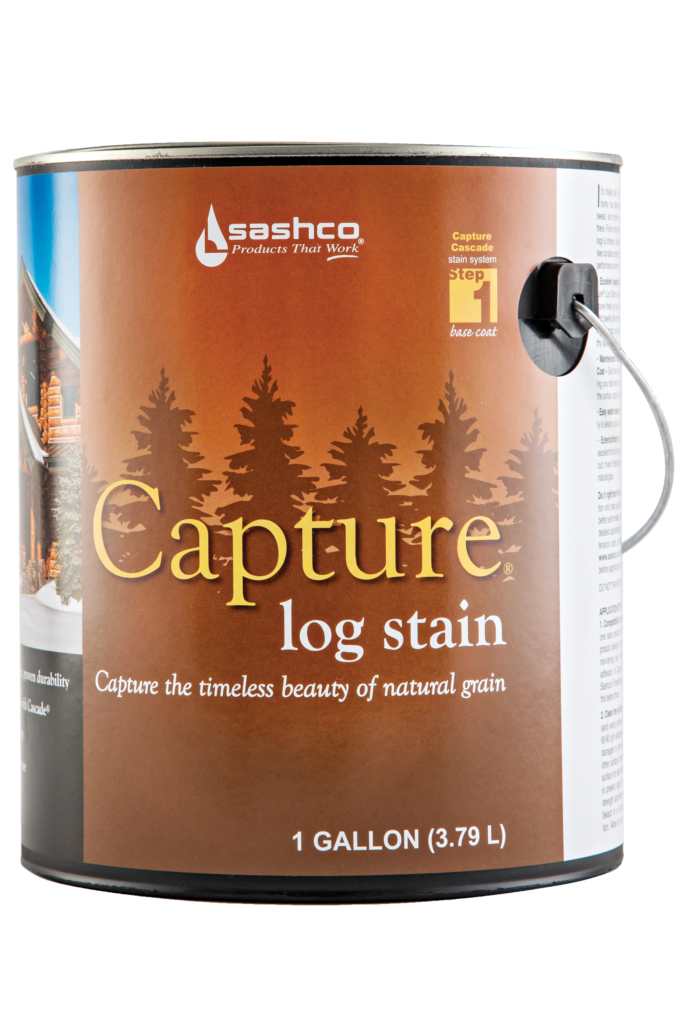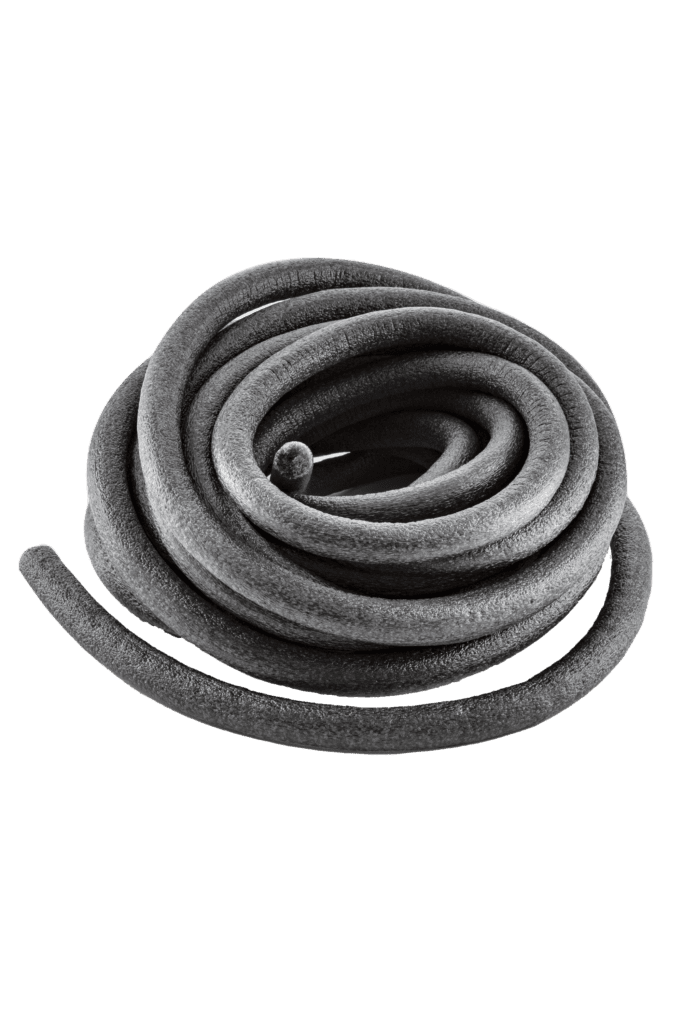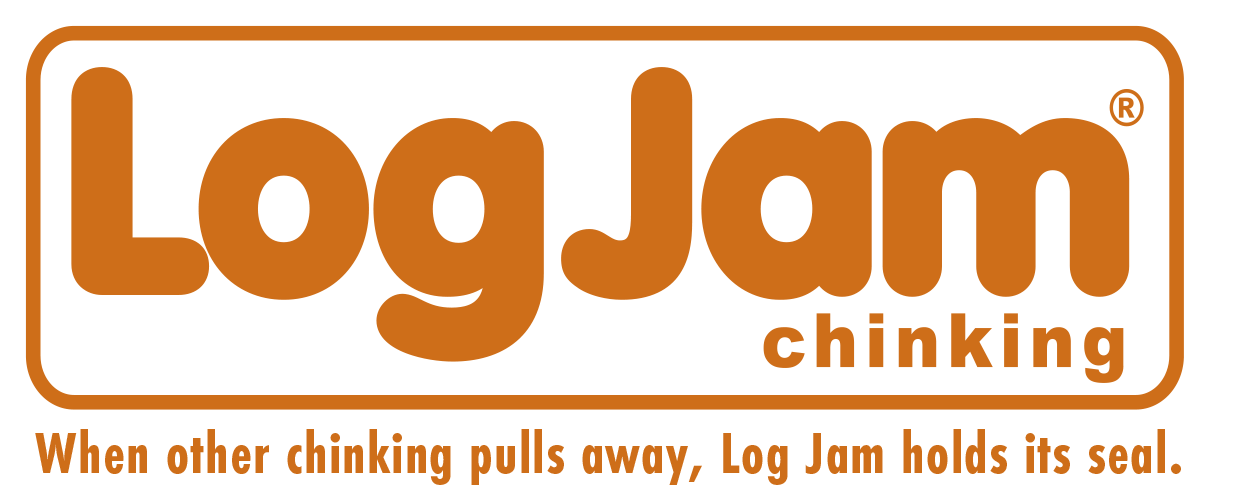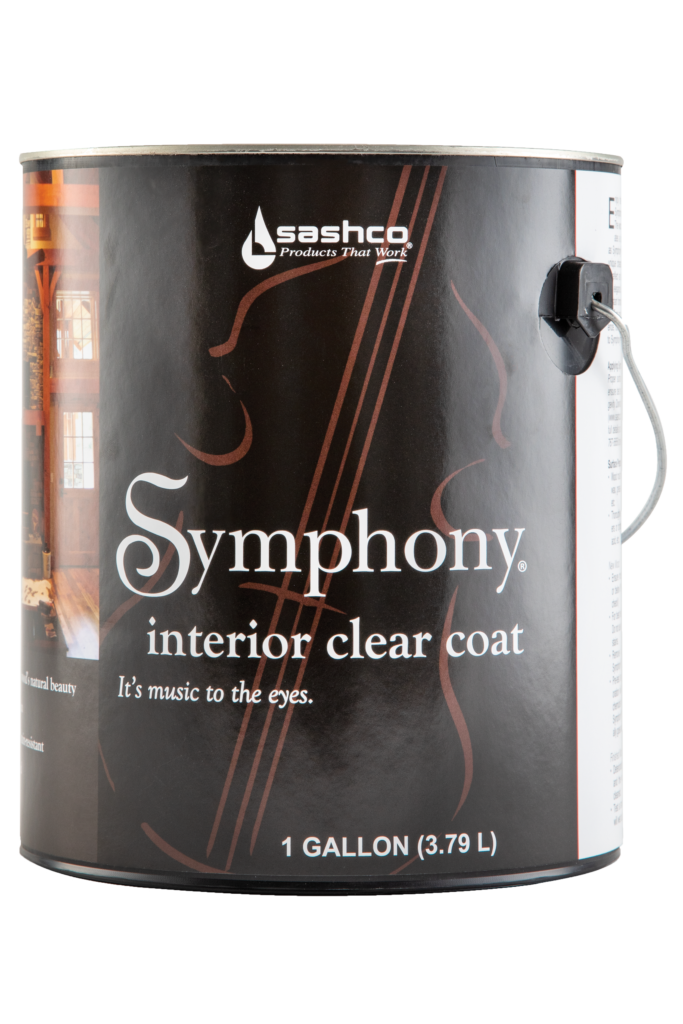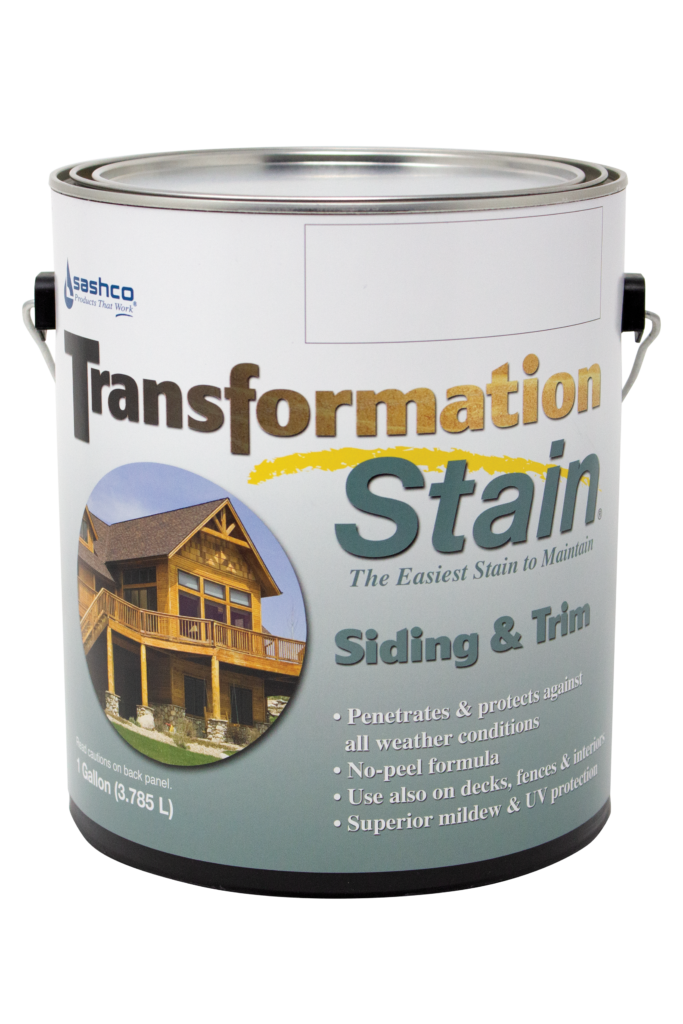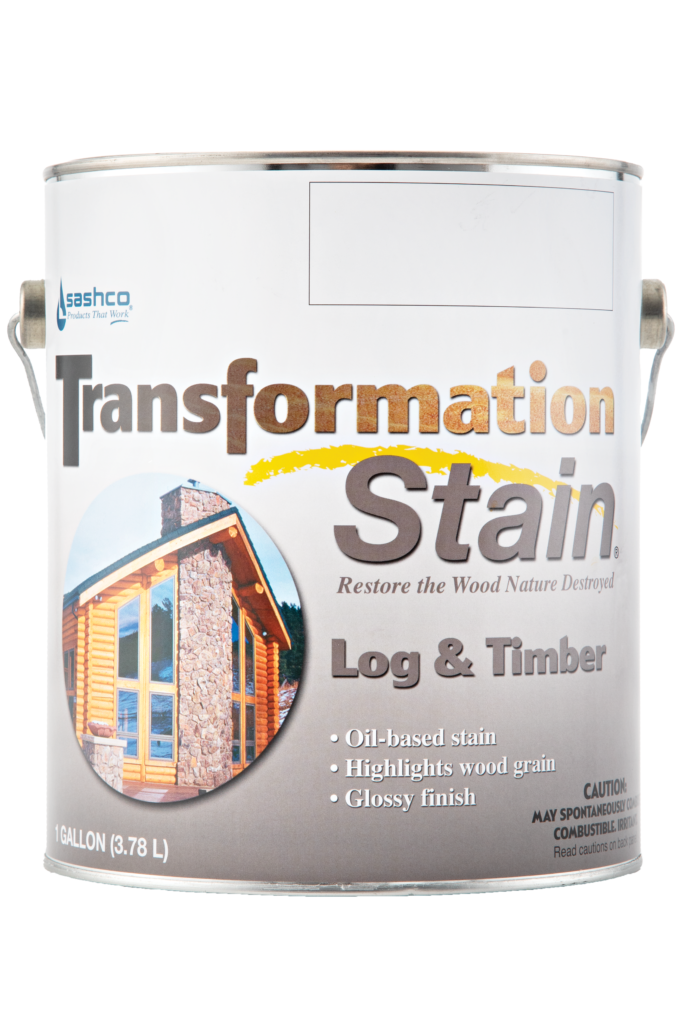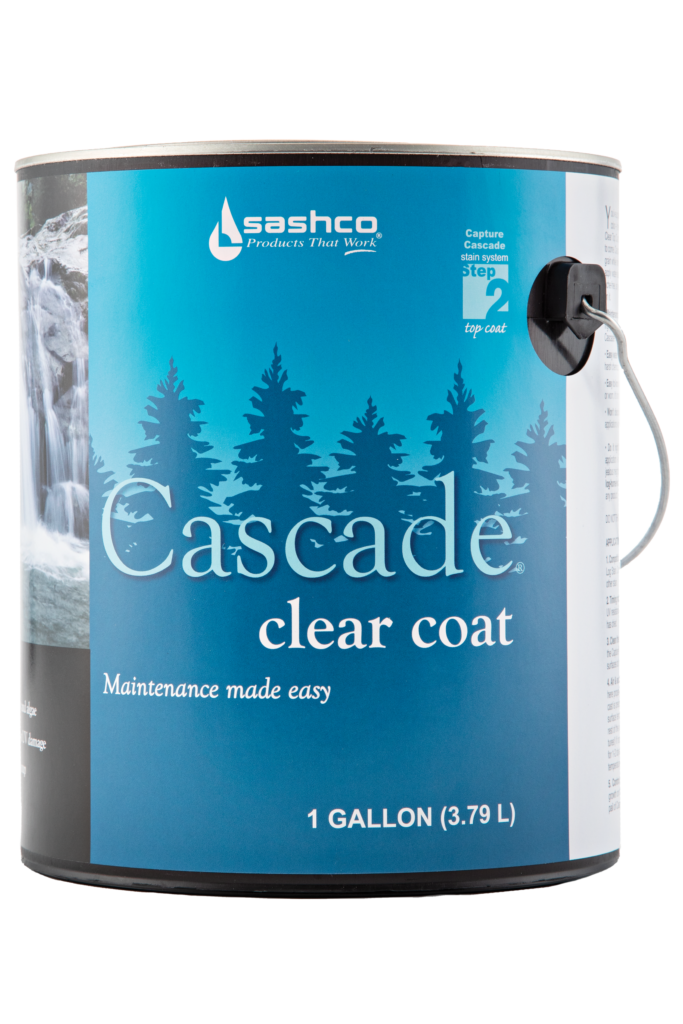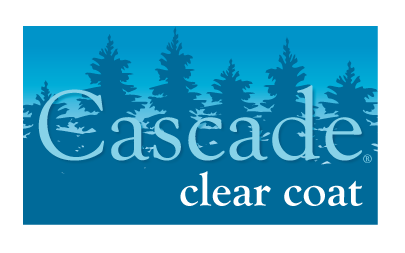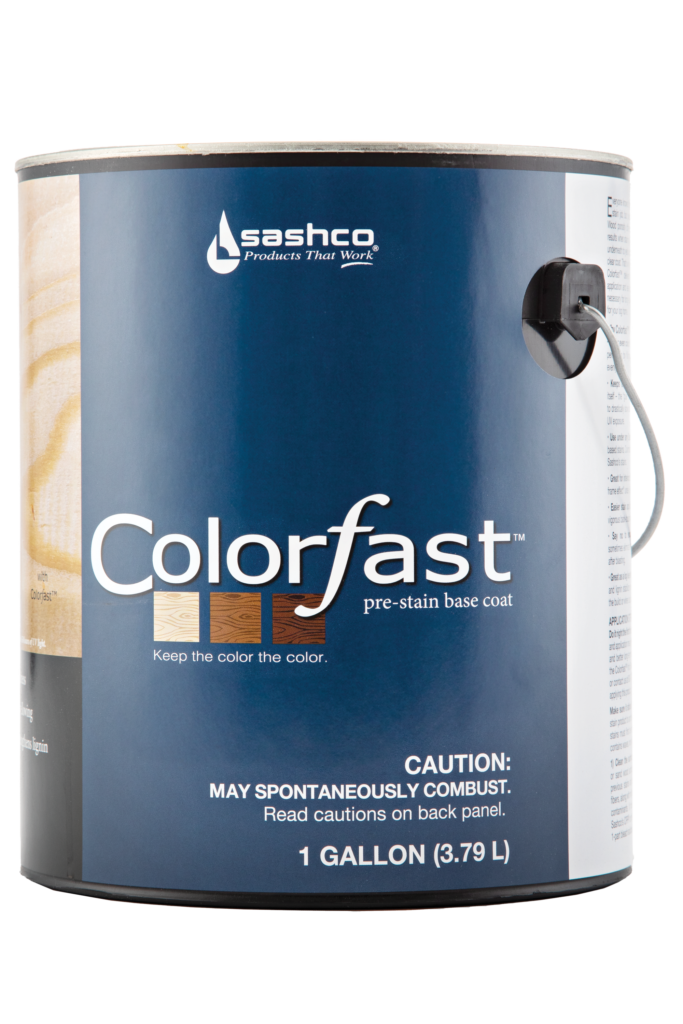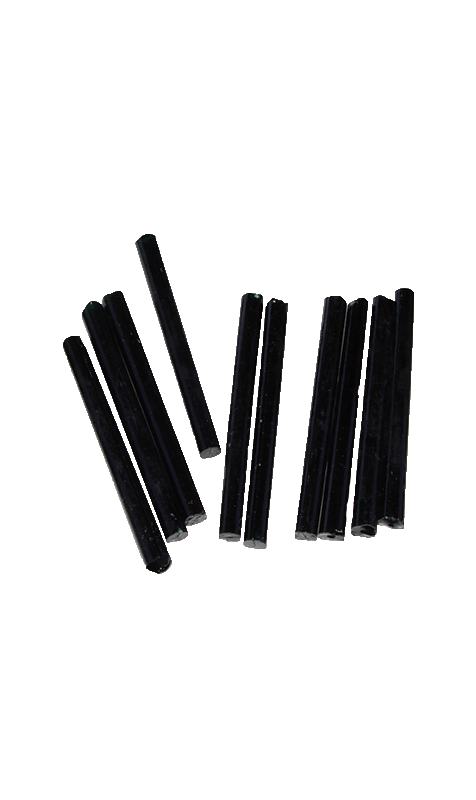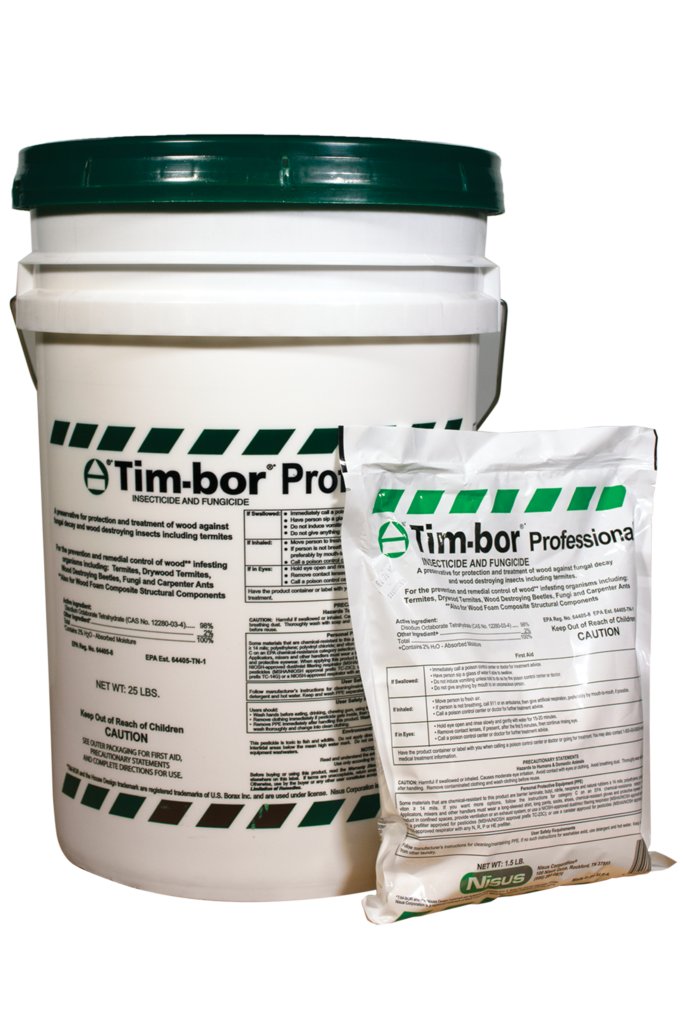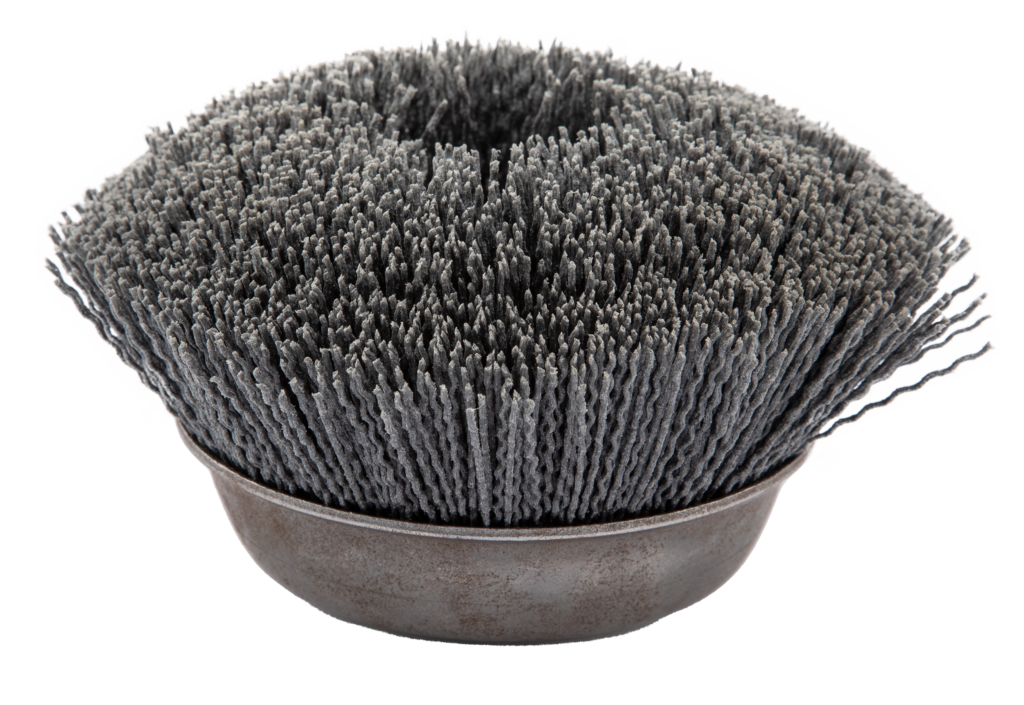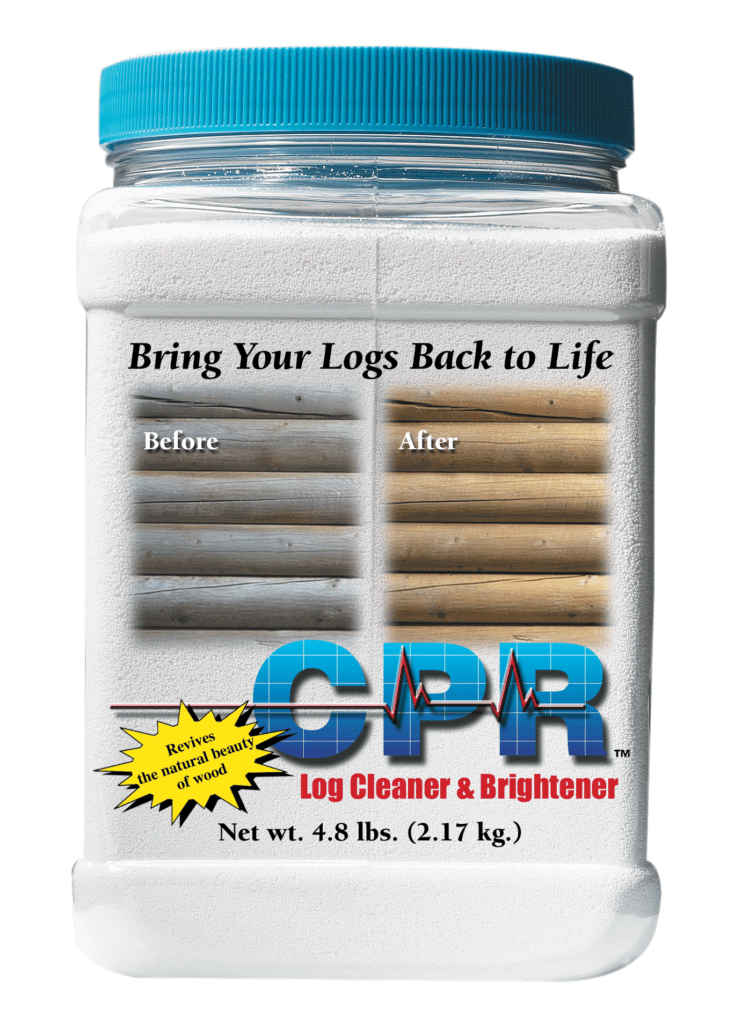Log Jam Chinking and Surface Preparation
Since its introduction in 1985…
Log Jam chinking has been the recognized industry standard in elasticity, adhesion and durability. Here’s why:
- Log Jam moves with your logs and sticks like no other, eliminating costly repairs.
- Log Jam has superior early water resistance. No more worrying about that unexpected rain storm.
- Log Jam won’t eat away at Styrofoam bead board. No more unsightly chinking lines that look dented and deformed – just the rustic, traditional look of mortar you want.
- Log Jam has been used on thousands of log homes throughout the world. Backed by a limited lifetime guarantee, you can be confident that you’re using the right product for your dream home.
When other chinking pulls away, leaving your home vulnerable to weather, air infiltration and insects, Log Jam is still maintaining the tight seal it had when first applied.
It’s all about proper surface prep.
Proper substrate preparation and application are imperative for product longevity. Follow the steps below for surface preparation when applying Log Jam Chinking.
1. Best results are obtained when Log Jam is applied to clean, dry, stained wood. Make certain there is compatibility between your stain and Log Jam. Log Jam has a lifetime warranty when applied with Sashco’s stains: Capture Log Stain/Cascade staining system, High Sierra, Transformation and Symphony Interior Clear Coat. If using a different stain or finish, contact Sashco for guidance. Call 1-800-767-5656, or click here to chat live.
2. Check the weather forecast. Finishing products are best applied in moderate weather conditions, i.e., out of direct sunlight, in dry, warm conditions.
3. Check the log surface temperature. The surface temperature should be between 40˚-90˚F (4˚-32˚C).
4. Install a bond breaker before Log Jam is applied. Backer rod, Grip Strip, and clear packing tape all perform this function well. If Log Jam is applied over white styrene bead-board or Tyvek house wrap, it is best to cover the bead-board or wrinkle-free house wrap with clear packing tape (to prevent adhesion to those materials). We do not recommend the use of blue or pink extruded polystyrene board as a bond breaker..
5. Gun the chinking over the backing material. The ideal sealant depth is half of the joint width, but no less than 1/4″, nor more than 1/2″.
6. Tool Log Jam to ensure good contact with the log surfaces, especially to the upper log; this will greatly aid adhesion.
7. All chinking products may occasionally “blister”.
To avoid blistering:
-
-
- Do not apply in direct sunlight.
- Protect fresh chinking from direct sunlight for 1-2 days after application with white plastic sheeting tacked over it.
-
Do you want to learn more about blistering? Click here.
Is your stain compatible?
If you select a different stain, make certain that it is compatible with Log Jam. If the stain is older but still intact, clean the log surfaces thoroughly to remove dirt, pollen, bird droppings and other surface contaminants.
The USDA Forest Products Laboratory and other researchers around the world have reported that surface wood exposed to sunlight for as little as 1-2 weeks can become significantly damaged and unsound, which may lead to premature adhesive failure of the stains or other coatings applied to it. It can also hurt Log Jam’s (or any chinking’s) adhesion to the surface. Once bare wood has been properly cleaned and prepped to remove unsound wood, stain should be applied as soon as possible. Follow with Log Jam chinking.
If a stain is applied over Log Jam, it will be tinted the stain color, but will be affected differently than the surrounding wood; therefore, test appearance before widespread use.
A few coatings, especially those high in wax wp-content or nondrying oils, may interfere with adhesion, whether they are applied before or after Log Jam. We advise against using Log Jam with such products. Contact Sashco if you have questions about your particular product.
Up Next:
Cold Weather Chinking
Different Methods of Chinking Applications
Preventing Blistering in Chinking

